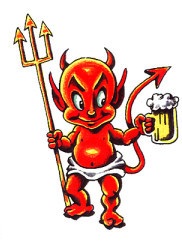
1. Improperly Maintained Draught Systems
Hidden behind each and every tap handle are beer lines that require a specific cleaning routine to prevent microbes and minerals (beer stone) forming inside the lines. If you’re ever suspect, ask the manager or owner how often they clean their draught lines. If they don’t automatically answer “every two weeks,” there are likely issues.
Common things that you as the beer drinker may notice include flat or sour beer and excessive foaming. Every beer bar should ensure this base is covered. Period. Bottom line. No excuses. Skirting draught line maintenance is comparable to a restaurant only sometimes washing the dishes.
2. Dirty Glassware
Speaking of dirty dishes, a customer should never be expected to drink from a glass that has residue from a previous customer or detergent. Dirty glassware is unfortunately a common and egregious oversight by many bar owners today.
When a beer’s bubbles cling to the sides of your glass instead of rising to the top, they are most likely stuck on some sort of residue. These dirty spots on a glass are called nucleation sites and are usually attributed to food, detergent, oils and other contaminants, which give the carbonation bubbles something to cling to.
If you see bubbles clinging to the sides of your glass, you have every right to ask for a new glass.
How to Test for a Beer Clean Glass
(Source: Brewers Association Draught Quality Manual)
Lacing Test: Fill the glass with beer. If the glass is clean, foam will adhere to the inside of the glass in parallel rings after each sip, forming a lacing pattern. If not properly cleaned, foam will adhere in a random pattern, or not at all.
Sheeting Test: Dip the glass in water. If the glass is clean, water evenly coats the glass when lifted out of the water. If the glass still has an invisible film, water will break up into droplets on the inside surface.
Salt Test: Salt sprinkled on the interior of a wet glass will adhere evenly to the clean surface, but will not adhere to the parts that still contain a greasy film. Poorly cleaned glasses show an uneven distribution of salt.
3. Warm Storage
Craft beer should be treated like food and stored cold. When beer is stored cold, the production of undesirable off-flavors and oxidation is slowed. Oxidation can produce flavors like wet cardboard, metallic, honey, almonds or unintentional souring.
4. Frozen Glassware
Avoid retailers who serve craft beer in frozen glassware, or be sure to ask for a room temperature glass. Sure a frozen glass is seen as a fun ritual by some, but a ritual of the past does not mean it should carry on into the future. Think about it this way: Would a restaurant allow their chef to serve meat or fish that was stored open in the freezer with no protective packaging?
Besides off-flavors reminiscent of the ice crystals from the sides of a freezer, the colder temperatures mask craft beer’s flavors and cause excessive foaming.
5. Only Providing Wine Pairings
Based on tradition, lack of beer pairings is semi-understandable if it’s a dedicated French restaurant, but that is about it. It’s high time beer education and pairing becomes mainstream in American restaurants. Talk to me in ten years; I hope beer pairings will be a no-brainer for most establishments.
Wine is not the end-all, be-all to pairing. According to 2013 Gallup® data, beer accounts for 49.2 percent of the U.S. alcohol beverage market, compared to wine with 17.8 percent. Come on retailers and beverage educators, get with the beer times!
See more craft beer stats in “Beer Remains America’s Preferred Alcoholic Beverage.”
Bottom line: As a fan of craft beer, and in most cases a paying customer, you have the right to expect certain care be taken with the beverage you’re being served. Now, this does not mean you should ask every bartender and waiter you encounter about their draught line cleaning schedule…but if you do encounter a problem, politely bring it to the attention of the right person
Source: http://www.craftbeer.com/


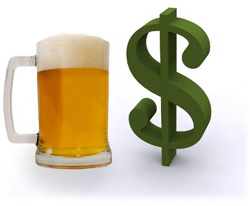

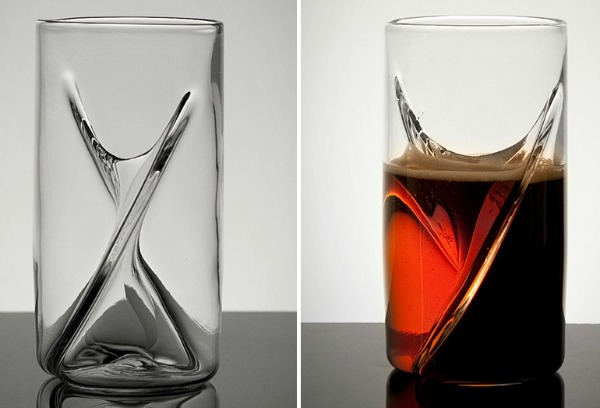

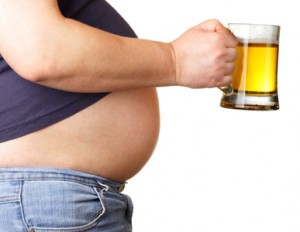




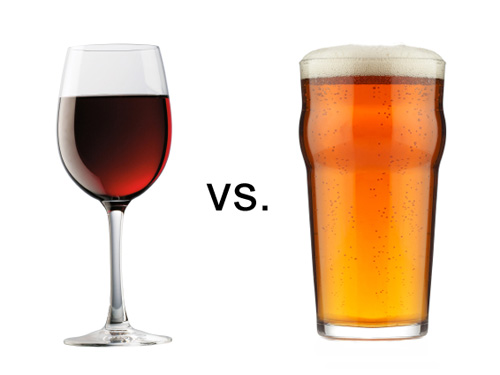



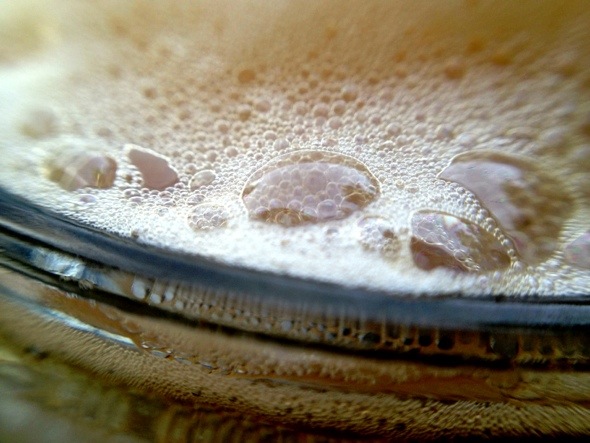


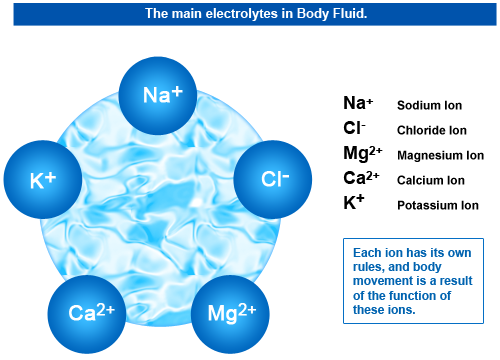

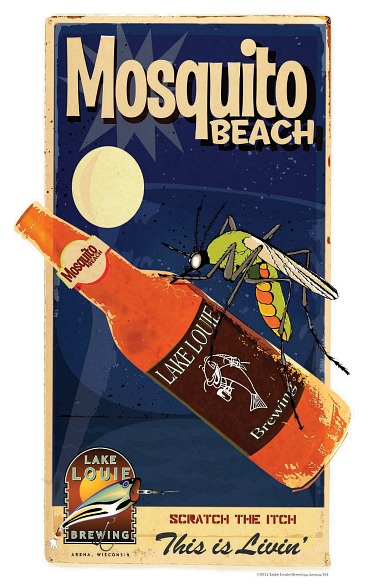

Follow Us!